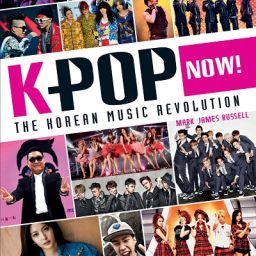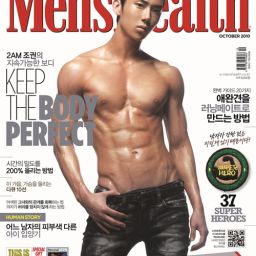by Raizel Liebler
Dal Yong Jin’s New Korean Wave: transnational cultural power in the age of social media (2016) is an important entry to the growing field of Korean pop culture studies. Jin takes a communications theory approach to understanding culture flow, basing the book’s theoretical framework at least partially on Bob’s McChesney’s views on the interrelation between government support and media. Unlike some other books on hallyu (Korean wave), this book takes a wide view on the subject, not limited to k-pop, expanding to include television dramas, variety shows, movies, animation, video games, smartphones, and apps.
Jin bases much of the analysis around the framework of hybridization — how Korean pop culture manages to be highly localized, take in non-Korean influences, and also be modified for other countries. There are many enlightening examples including: Korean television dramas frequently include even non-talented k-pop stars because that is what Japanese audiences want; how Super Star K is different in its globalness than American music talent finding shows; and how Korean home-grown movies are just as likely to be action-oriented blockbuster style movies, but they aren’t popular globally. There were also surprises: Jin shows that despite the hype, the U.S. still isn’t a big market for k-pop, with much of the actual money flows (outside of Korea) from Japan — and increasingly Europe.
My favorite chapter was focused on animation, specifically Pororo. Jin describes how careful the creation of Pororo was — from the focus on young children because it was a market not cornered by Japanese anime; to the careful selection of Pororo’s name, animal friends, and look; to the much shorter episode length.
However, there were some editorial issues that I hope will be fixed by the next edition of this book: inconsistent naming rules (Why is Namie Amuro one of the few people whose name wasn’t written given-then-family name? Why are some Korean given names hyphenated and others have a space between the syllables, instead of choosing one?); inconsistent translations (Is it My Love from the Star? My Love from Another Star? Yes!) and some spelling errors, such as the hilarious new name of a BoA song and more egregiously, consistently spelling Sailor Moon as one word.
Summary: Highly recommended overview of the present Korean culture industry, especially regarding the influence of government support on home-grown entertainment industries. If readers want something specifically on kpop, there are more complete sources, with that focus (and I’ve reviewed those books!) The focus on the political economy of Korean culture protection means that this isn’t the right source for readers are looking for analysis of the meaning within specific media. Bonus: very reasonably priced!








